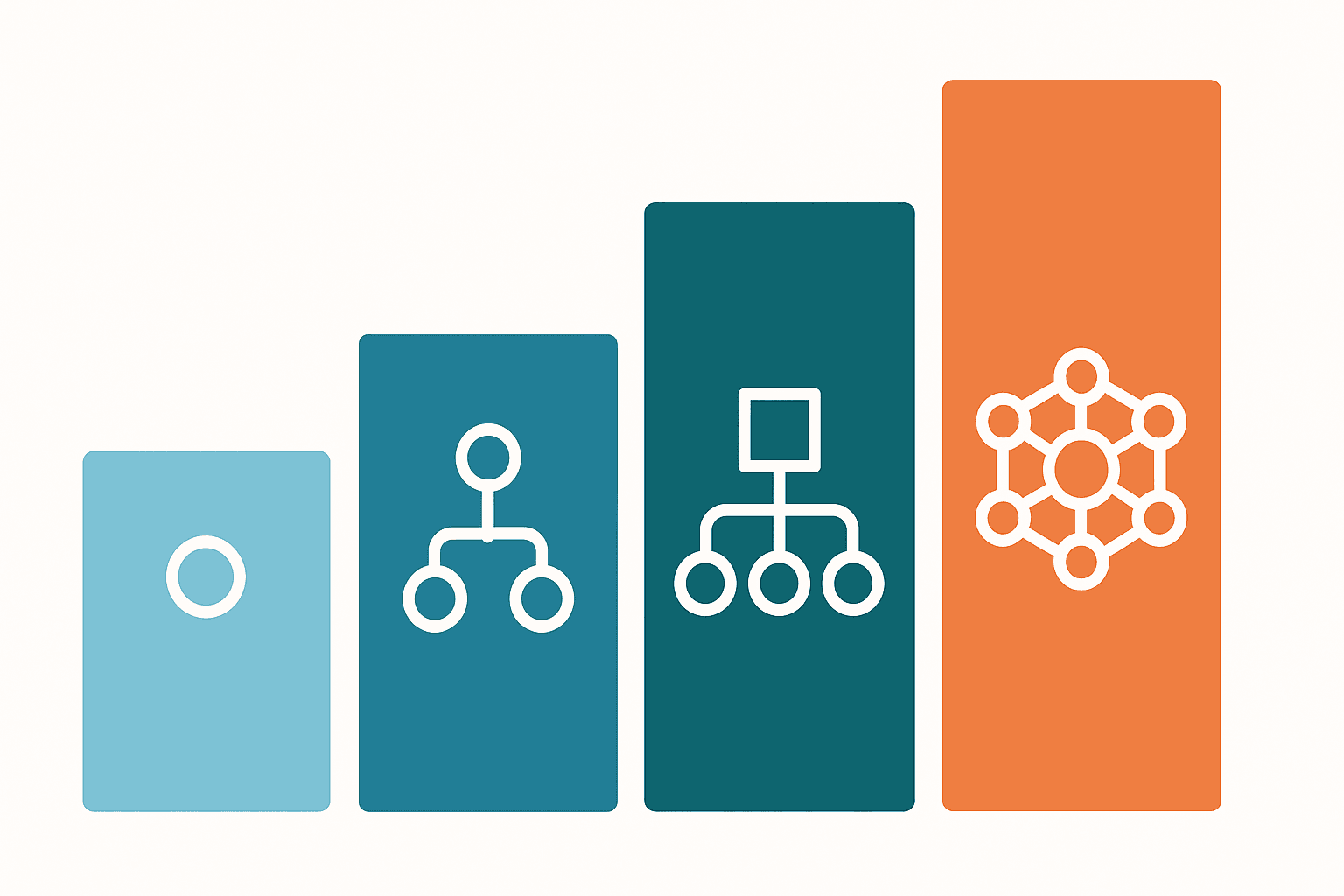Removing the Sora 2 Watermark? Read This Before You Try
Sora 2 adds two provenance signals to every export: a visible moving watermark and C2PA "Content Credentials" (cryptographically signed metadata). Removing the visible mark won't remove the digital one, and trying to hide provenance can put you at odds with OpenAI's Terms, plus platform policies (YouTube, TikTok, Meta). Translation: if you're publishing Sora footage, label it and keep provenance intact. It's both safer and better for trust.
What the Sora 2 watermark actually is
- Visible moving watermark on downloads from the Sora app and sora.com.
- C2PA Content Credentials embedded in the file—a standardized, cryptographically-signed manifest ("tamper‑evident," not "tamper‑proof").
- Internal detection: OpenAI also runs internal media search that can trace videos back to Sora with high accuracy.
Why it matters: Even if you crop, blur, or paint over a visible watermark, the C2PA manifest can remain. If it's removed, the absence of valid credentials is itself a signal; many platforms now detect and act on these signals.
What you agreed to (in plain English)
By using OpenAI products, you agreed not to:
- Misrepresent AI output as human-generated.
- Bypass protective measures or safety mitigations (which watermark removal arguably is).
- Violate platform usage policies that require clear disclosure and safe sharing.
Platform rules you'll run into
- YouTube requires disclosure for "meaningfully altered or synthetic" realistic media and can auto-apply labels, including when valid Content Credentials say the video is AI-made.
- TikTok auto‑labels AI content when it detects C2PA Content Credentials and is rolling out visible watermarking for AI made in-app; it also attaches Content Credentials to downloads.
- Meta (Facebook/Instagram/Threads) applies "AI Info" labels when it detects industry‑standard indicators or user disclosure; it explicitly treats invisible markers and metadata as part of its labeling pipeline.
Is there still a digital watermark after you "remove" it?
Often, yes. Two realities to internalize:
- C2PA is tamper‑evident—if a manifest is altered, verification fails; if stripped, its absence can be flagged and propagated across platforms.
- Watermark ≠ provenance. The visible logo is only one layer. Content Credentials + platform‑side detection + OpenAI's internal signals make "clean removal" a moving target.
Legal risk, briefly
Under DMCA §1202 (U.S.), intentionally removing or altering copyright management information (CMI)—which can include provenance metadata—can trigger liability when done with the requisite knowledge/intent to facilitate infringement. This is distinct from ordinary copyright infringement and can be actionable even when no registration exists for statutory damages.
Not legal advice. Jurisdictions differ, and platform enforcement evolves.
The creator‑safe playbook (do this instead of stripping marks)
- Label clearly: "Made with Sora 2" (and keep the visible mark).
- Keep Content Credentials intact; avoid workflows that wipe metadata (e.g., lossy export chains, screenshots).
- Match platform policies: toggle the "altered/synthetic" disclosure on YouTube; use TikTok's disclosure; expect Meta's "AI Info."
- Keep rights clean: avoid third‑party IP without permission; honor likeness/voice rules.
- Document your workflow: keep prompts, versions, and proof of rights in a simple log.
FAQ
Can I legally remove the Sora watermark if I own the output?
Owning the output doesn't give you the right to mislead audiences or bypass protective measures. It may also set off platform penalties and raises DMCA §1202 risks around provenance/CMI.
What if a client demands a clean version?
Offer a labeled version without visible marks only where terms allow (e.g., legacy Sora variants or paid tiers that lawfully export without a visible logo) and preserve Content Credentials. When in doubt, keep the watermark for public distribution and supply a labeled master privately.
Do social platforms strip metadata?
Some re‑encodings or workflows can remove metadata. That's why C2PA is tamper‑evident and platforms increasingly read it when present—and treat its absence as signal. Favor tools that preserve Content Credentials end‑to‑end.
Bottom line
At the end of the day, the safest path is transparent disclosure and intact provenance. It de‑risks your channel and builds audience trust—without slowing the work.
Sources
- OpenAI — Launching Sora responsibly (watermark + C2PA + internal detection). https://openai.com/index/launching-sora-responsibly/
- OpenAI Help — Getting started with the Sora app (Sora 2 adds visible moving watermark + C2PA). https://help.openai.com/en/articles/12456897-getting-started-with-the-sora-app
- OpenAI Help — Creating videos with Sora (Why downloads have a watermark). https://help.openai.com/en/articles/12460853-creating-videos-with-sora
- OpenAI — Terms of Use (don't misrepresent; don't bypass protective measures). https://openai.com/policies/row-terms-of-use/
- OpenAI — Sharing & publication policy (clear AI disclosure). https://openai.com/policies/sharing-publication-policy/
- OpenAI PDF — Sora 2 System Card §3.3 (C2PA + visible moving watermark + internal detection). https://openai.com/index/sora-system-card/
- C2PA / CAI — Security/Explainer/How it works (tamper‑evident provenance). https://spec.c2pa.org/ • https://contentauthenticity.org/how-it-works
- OpenAI Help — C2PA in ChatGPT Images (metadata can be removed; screenshots/platforms may strip). https://help.openai.com/en/articles/8912793-c2pa-in-chatgpt-images
- YouTube Help — Disclosing altered or synthetic content + How this content was made (uses Content Credentials where available). https://support.google.com/youtube/answer/14328491 • https://support.google.com/youtube/answer/15447836
- TikTok Newsroom — auto‑labeling via C2PA; visible watermark + attaching credentials to downloads. https://newsroom.tiktok.com/en-us/partnering-with-our-industry-to-advance-ai-transparency-and-literacy • https://newsroom.tiktok.com/en-eu/tiktok-sixth-disinformation-code-transparency-report
- Meta Transparency — "AI Info" labels using industry indicators & disclosure. https://transparency.meta.com/governance/tracking-impact/labeling-ai-content
- U.S. Law — 17 U.S.C. §1202 (CMI removal/alteration prohibited). https://www.law.cornell.edu/uscode/text/17/1202
Further reading
Remove AI Watermark for Sora — Unwatermark.ai Blog: https://unwatermark.ai/blog/remove-ai-video-watermark-generated-sora/
Want to Stay Ahead of AI Video Trends?
The landscape of AI-generated video and content authenticity is evolving rapidly. If you want to keep up with the latest tools, platform policies, and best practices for AI content creation, subscribe to our newsletter. We share weekly insights on AI tools, automation frameworks, and ethical content creation strategies.
No fluff. Just actionable intelligence to help you create with confidence.


